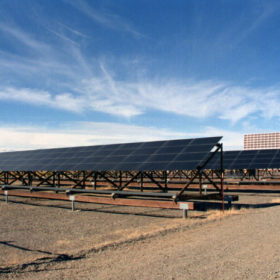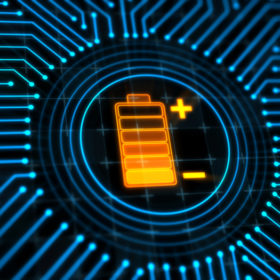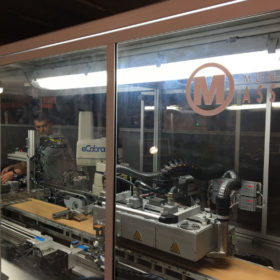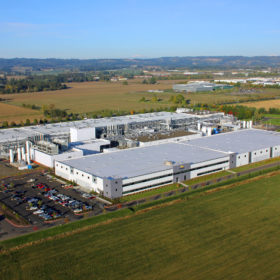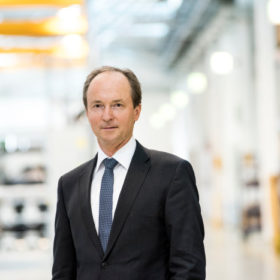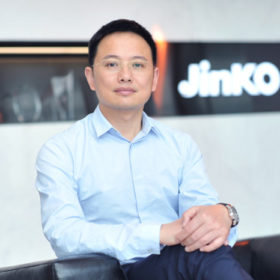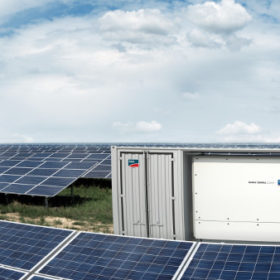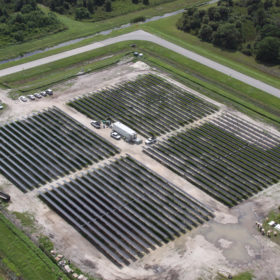The breaking point
Module testing: Physics of Failure is an approach to testing and designing for reliability used in many “mission-critical” industries such as military hardware, aerospace and automotive manufacturing. And while the solar PV industry is beginning to investigate Physics of Failure, many questions remain unanswered.
More revenue for storage system owners
Battery business models: until now, domestic power storage systems have been a way to increase self-sufficiency and provide backup in case of power outage. Storage providers in Germany are now using small batteries to market reserve power. Their models can even finance flat rates for electricity.
“Turnkey means a deeper level of engagement”
Turnkey production equipment: Solar manufacturers and project developers have long been praised for having achieved startling and impressive cost reductions. The role of production equipment suppliers may have been undersung, according to Mondragon Assembly’s Solar Business Director Iñaki Legarda-Ereño, who argues that the window for turnkey equipment suppliers remains open.
Two sides of the same coin
Bifacial modules: The release of bifacial modules in 2016 by major players including LG and SolarWorld indicate that the technology is picking up steam, but barriers must still be overcome.
The right industry, the future of PV
Thin film: The latest wave of crystalline silicon price reductions will undoubtedly create major challenges for the remaining thin film producers to navigate. Nonetheless, Avancis’ technology may be heading towards GW of capacity in China, through its new owners CNBM. With the building materials giant in the background, Franz Karg believes the BIPV market is about to be cracked.
Increasing value, increasing quality
Interview: 2016 was a tough year for some solar companies, but for JinkoSolar it was a 12 months marked by a continuation of growth that saw the Tier 1 company crowned the world’s leading module manufacturer. CEO Kangping Chen explains to pv magazine what drives the company, and reveals his thoughts on the year that lies ahead.
Roadmap to cost reduction
Interview: Technological innovation plays a key role in bringing down the cost of solar through better efficiencies, both in production and the modules themselves. pv magazine spoke with Pierre Verlinden, Chief Scientist at Trina Solar’s State Key Lab and Vice President of the company, about the latest developments in their research.
A lifetime of monitoring
Central inverters: The development of the solar industry has brought with it greater understanding of lifetime costs – how to calculate them, measure them, and lower them. The onus on inverter suppliers to deliver such metrics quickly and transparently has grown, with central inverters keen to show their worth in this maturing field.
Purchasing power
Corporate energy procurement: The signing of a power purchase agreement (PPA) is a key point in the development of a pv project. Most PPAs are agreements between an energy provider and a utility, however, similar agreements have been used in corporate energy procurement. Energy law experts from Stoel Rives LLP take an in depth look at the use of corporate PPAs in the USA.
On track for a strong year
Global tracker outlook: The tracker market is set for unbridled expansion in 2017. The United States already accounts for about 70% of the global tracker market, and is expected to boom this year, according to an informal survey of leading tracker manufacturers.
